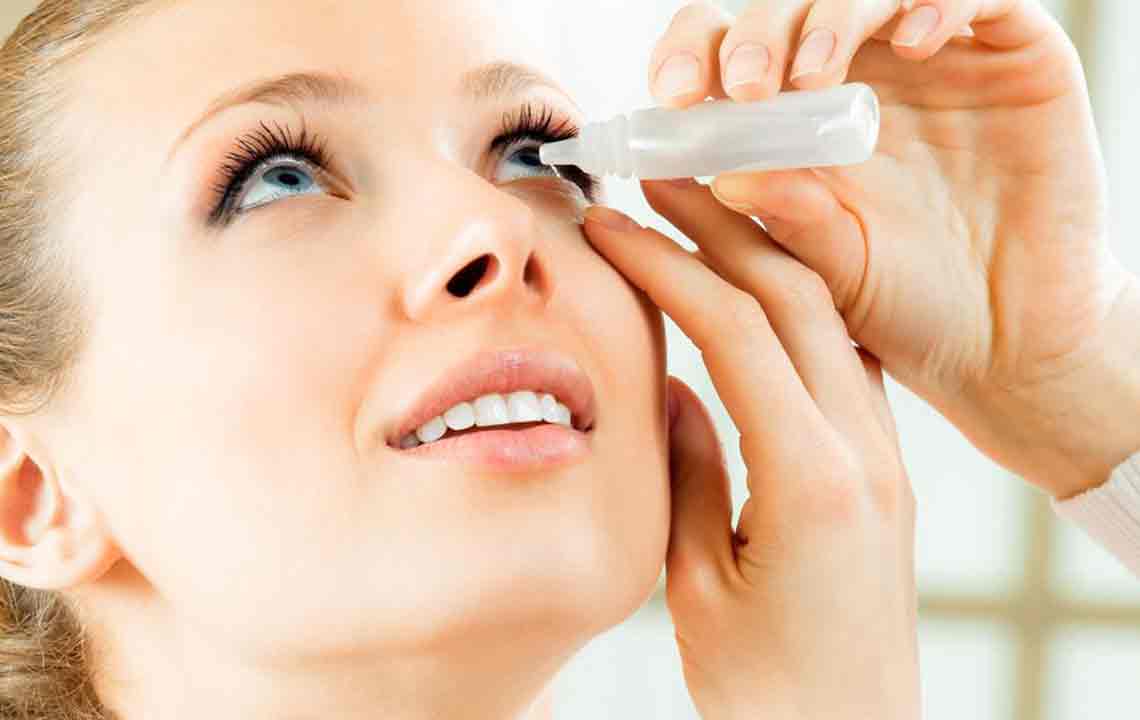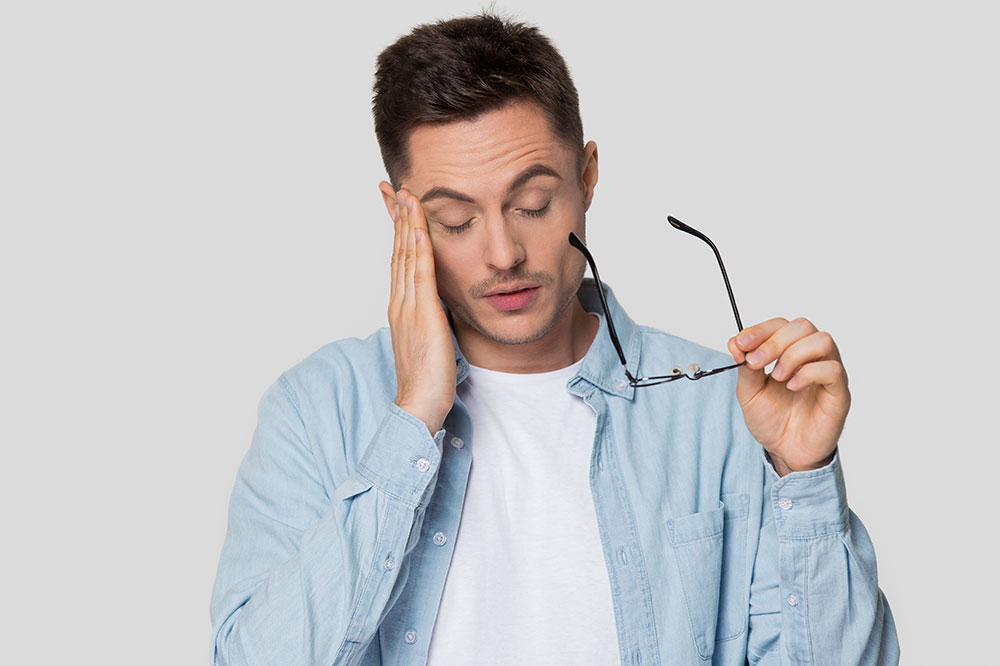Your Complete Guide to Eye Checkups and Diagnostic Tests
This article provides a comprehensive overview of eye examinations, detailing the tests involved, what to expect during a visit, and the importance of regular eye checkups for maintaining healthy vision. It emphasizes early detection and proper eye care strategies for all age groups, including children and seniors. Learn how routine exams can help prevent severe eye conditions through thorough assessments and professional evaluations.

Your Complete Guide to Eye Checkups and Diagnostic Tests
Eye examinations are essential for maintaining optimal vision and eye health, conducted by licensed optometrists or ophthalmologists. These professionals diagnose eye conditions, evaluate visual acuity, and advise on corrective options like glasses or contact lenses. Routine eye checkups help catch problems early, reducing the risk of serious issues. During the exam, various specialized tests are performed to assess eye function, identify diseases, and ensure healthy eyesight. Understanding the process can help you prepare for a comprehensive evaluation.
What Does an Eye Exam Include?
An eye examination involves multiple assessments to gauge overall eye health and function. It includes testing visual sharpness, measuring eye pressure, and inspecting both external and internal eye structures. These procedures help detect refractive errors, eye diseases, and other vision concerns, enabling timely treatment.
Regular eye assessments are critical for early detection of eye problems, allowing for appropriate corrective measures and promoting overall eye health. If you notice vision issues, consult an eye care specialist promptly. Adults should start eye exams at age 40, while children under three should have pediatric eye screenings for conditions like crossed or lazy eyes. Seniors over 60 should schedule annual or biannual checkups for optimal eye health.
If there is a family history of eye issues, routine check-ups become even more vital to maintain eye wellness.
What to Expect During Your Eye Checkup
The process begins with an initial consultation, where your healthcare provider asks about your health and vision. Bring your corrective lenses if you use any. The examination includes measuring your visual clarity, assessing eye pressure, and inspecting internal eye structures. Dilating eye drops may be used for a comprehensive internal evaluation.
Common Tests During an Eye Examination
Eye Movement Test
Checks how well your eye muscles coordinate by tracking moving objects.
Visual Sharpness Test
Reads letters on a chart to determine clarity and identify conditions like nearsightedness or farsightedness.
Refraction Assessment
Uses equipment to detect refractive errors such as myopia or hyperopia, guiding corrective lens prescriptions.
Peripheral Vision Test
Assesses your side vision through confrontation or computerized methods.
Color Vision Test
Detects color blindness by analyzing pattern recognition of colored dots.
Retinal Inspection
Examines the back of the eye, including the retina, to identify conditions like diabetic retinopathy.
Slit-Lamp Examination
Uses a specialized microscope to inspect the front eye structures for issues such as cataracts or injuries.
Glaucoma Screening
Measures intraocular pressure to detect early signs of glaucoma and optic nerve damage.
Additional specialized tests may be recommended based on your age, health history, and specific needs for a thorough assessment.


